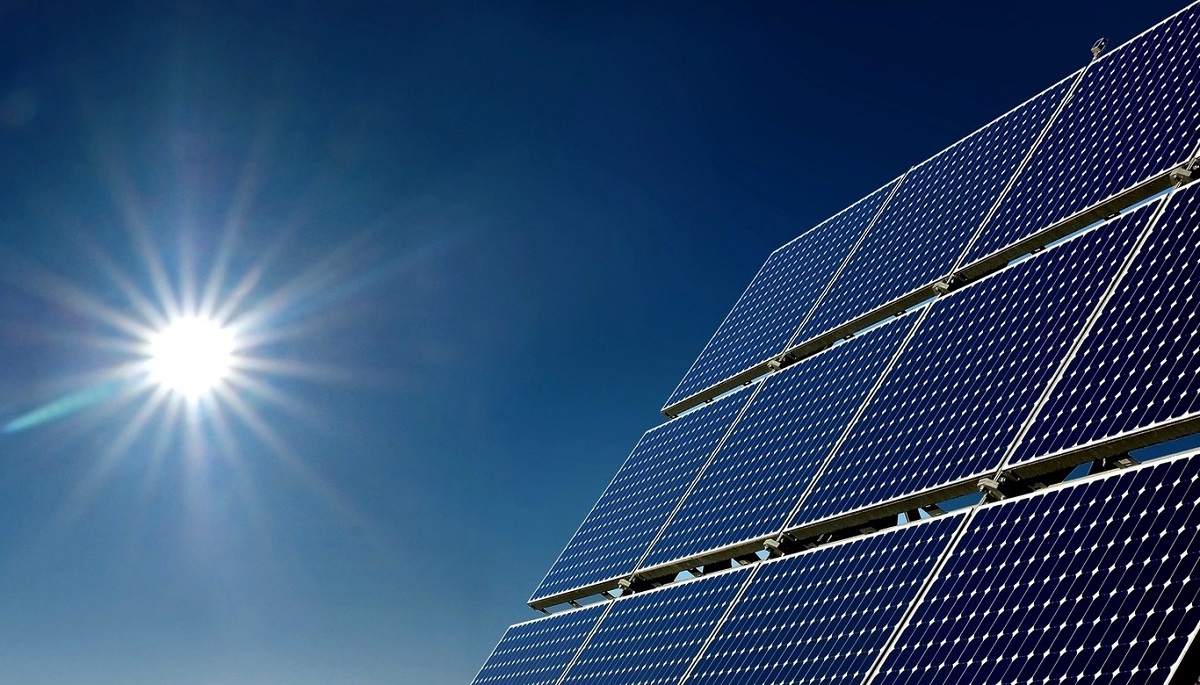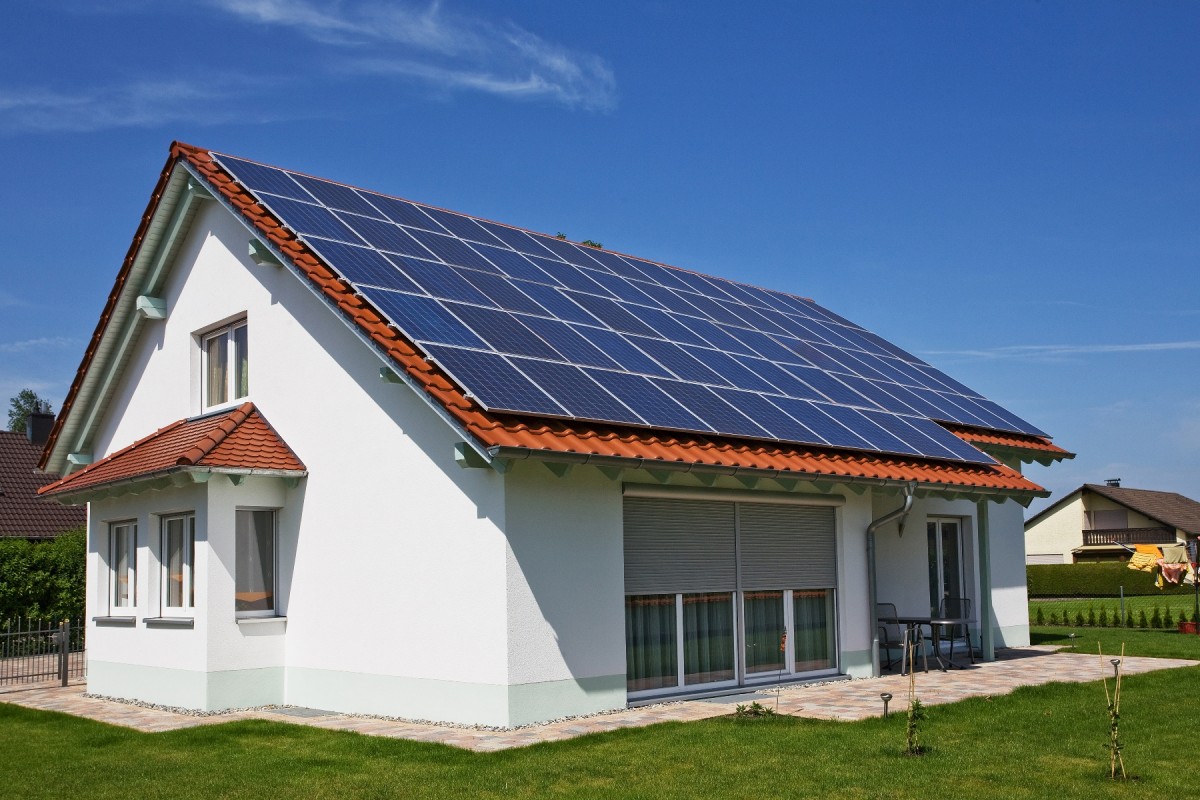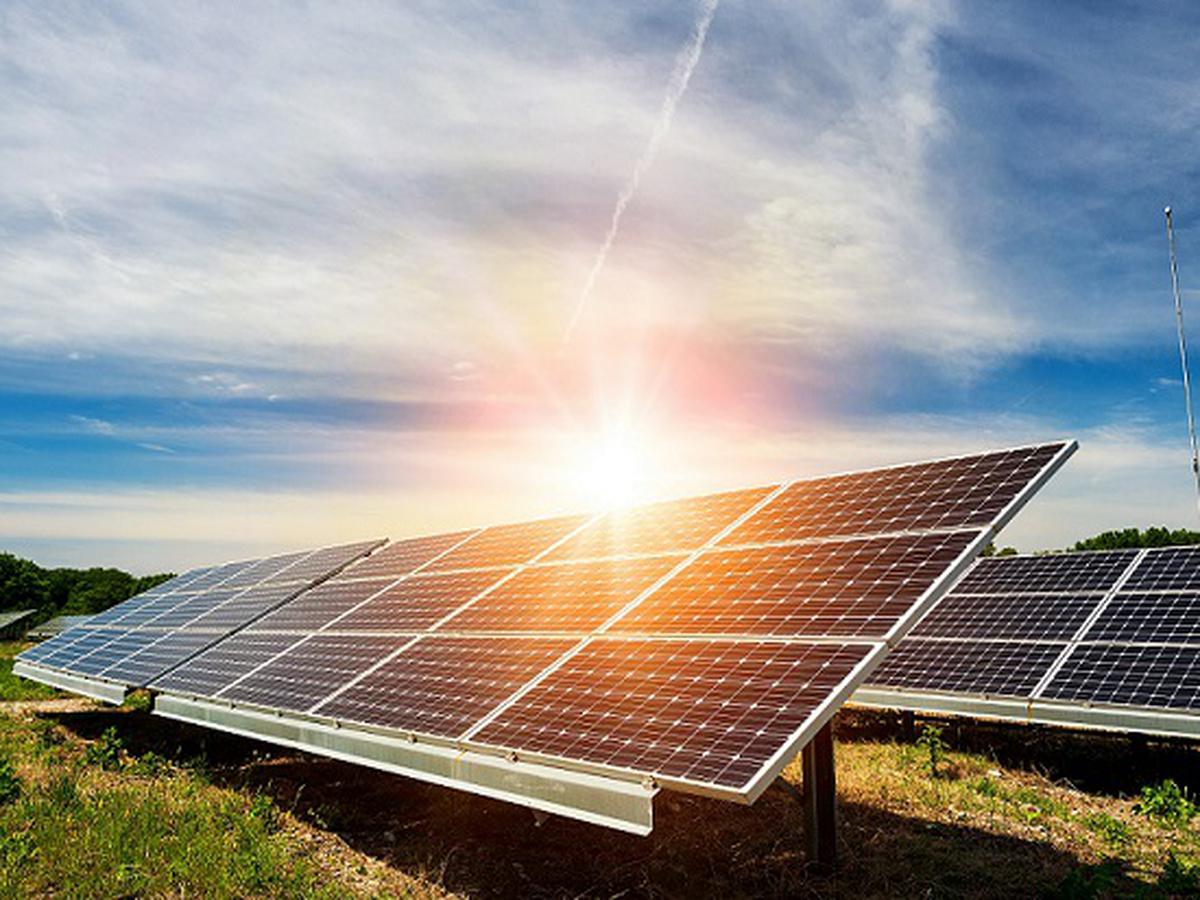
Within renewable energies, solar energy is one of the most important since it is more developed and can be used in much of the world. However, many people do not know well What is solar energy nor how it works properly.
For this reason, we are going to dedicate this article to tell you what solar energy is, what are its characteristics, types and advantages in its use.
What is solar energy

Solar energy is one that is able to take advantage of solar energy from light particles to produce energy that is later transformed into electricity. This energy source is totally clean, so it does not pollute the environment or emit harmful gases into the atmosphere. In addition, it has the great advantage of being renewable, that is, the sun is not going to be exhausted (or at least for a few billion years).
Once we know what solar energy is, we are going to see what are the different main types that exist: photovoltaic and thermal.
What is the photovoltaic energy

To collect the sun's energy, solar panels are used that are capable of capturing photons of light from solar radiation and transforming them into energy. To generate photovoltaic energy, it is necessary to capture the photons of light that solar radiation has and convert it into electricity in order to use it. This can be achieved through the photovoltaic conversion process through the use of a solar panel.
The solar panel has the photovoltaic cell as a crucial element. This is a semiconductor material (made of silicon, for example) that It does not require moving parts, does not require any fuel, nor does it generate noise. When this photovoltaic cell is continuously exposed to light, it absorbs the energy contained in the light photons and helps to generate energy, setting in motion the electrons that are trapped by an internal electric field.
When this happens, the electrons collected on the surface of the photovoltaic cell will generate a direct current. Since the output voltage of photovoltaic cells is very low (only 0,6V), they are connected in series, and then the front side is encapsulated in a glass plate, and the front side is encapsulated with other anti-corrosion material. humidity. Your back (because it will be in the shade most of the time).
A series of photovoltaic cells are combined and coated with the above materials to form a photovoltaic module. At this level, you can already buy products to switch to solar panels. Depending on its technology and type of use, the module has a surface area of 0,1 square meter (10 watts) to 1 square meter (100 watts), the indicated average value, and 12 V, 24 V or 48 V depending on the application.
As mentioned above, through the photovoltaic conversion process, energy is obtained in very low voltages and in direct current. This energy cannot be used for the home, so it is necessary that, later, a current inverter is used to transform it into alternating current.
What is solar thermal energy
As its name suggests, it is a type of renewable and clean energy that consists of harnessing the sun's energy to generate electricity. Unlike the solar panels used in photovoltaic energy to generate electricity from photons of light found in solar radiation, this energy takes advantage of said radiation to heat a fluid.
When the sun's rays strike the fluid, it heats it up and this hot fluid can be used for various uses. To get a better idea, the 20% of the energy consumption of a hospital, a hotel or a home corresponds to the use of hot water. With solar thermal energy we can heat the water with the energy of the sun and take advantage of it so that, in this energy sector, we do not have to use fossil or other energy.
Solar thermal energy greatly helps reduce costs, saving energy and reducing carbon dioxide emissions that cause global warming and climate change.
Main uses

One of the main uses of photovoltaic solar energy is the installation of photovoltaic sensors and current inverters, which can convert the continuous energy generated in the solar panels into alternating current and introduce it to the grid.
The cost of solar energy per kilowatt hour is more expensive than other power generation systems. Although this has changed a lot over time. In some places where the number of hours of sunshine is high, the cost of solar photovoltaic is the lowest. You must have a dedicated line for financial and legal assistance to offset production costs. In the final analysis, we are helping our planet not be polluted, climate change and pollution.
It is also often used for the following sectors:
- Illumination. Another use of photovoltaic solar energy is to illuminate the entrances, rest areas and intersections of many towns. This lowers lighting costs.
- Signaling. This type of energy is used more and more frequently to signal in the lane.
- This type of energy is used many times in the fields of mobile power repeaters, radio and television.
- Rural electrification. With the help of a centralized system, more dispersed cities and small towns can enjoy renewable electricity.
- Farms and livestock. For energy consumption in these areas, photovoltaic solar energy is used. To illuminate them, operate water pumps and irrigation pumps for milking, etc.
Advantages
- It is a totally clean energy which helps reduce the carbon footprint significantly. Thanks to its use we avoid the generation of greenhouse gases and we do not pollute during their generation or during their use.
- It is a renewable energy source and sustainable over time.
- Unlike other renewable energies, This energy can heat things.
- Does not require any type of constant extraction of materials to make it work. This makes it a fairly inexpensive energy. A solar panel can perfectly have a useful life of 40 years.
- Sunlight is very abundant and available so the use of solar panels is a viable option.
- Reduces the need to use fossil fuels so it helps to conserve natural resources and reduce environmental pollution.
I hope that with this information you can know what solar energy is, its types and characteristics.
First, I wish you a good job and more success.
Pure technology for humanity.
I wanted to know more about the above by getting more knowledge from you.